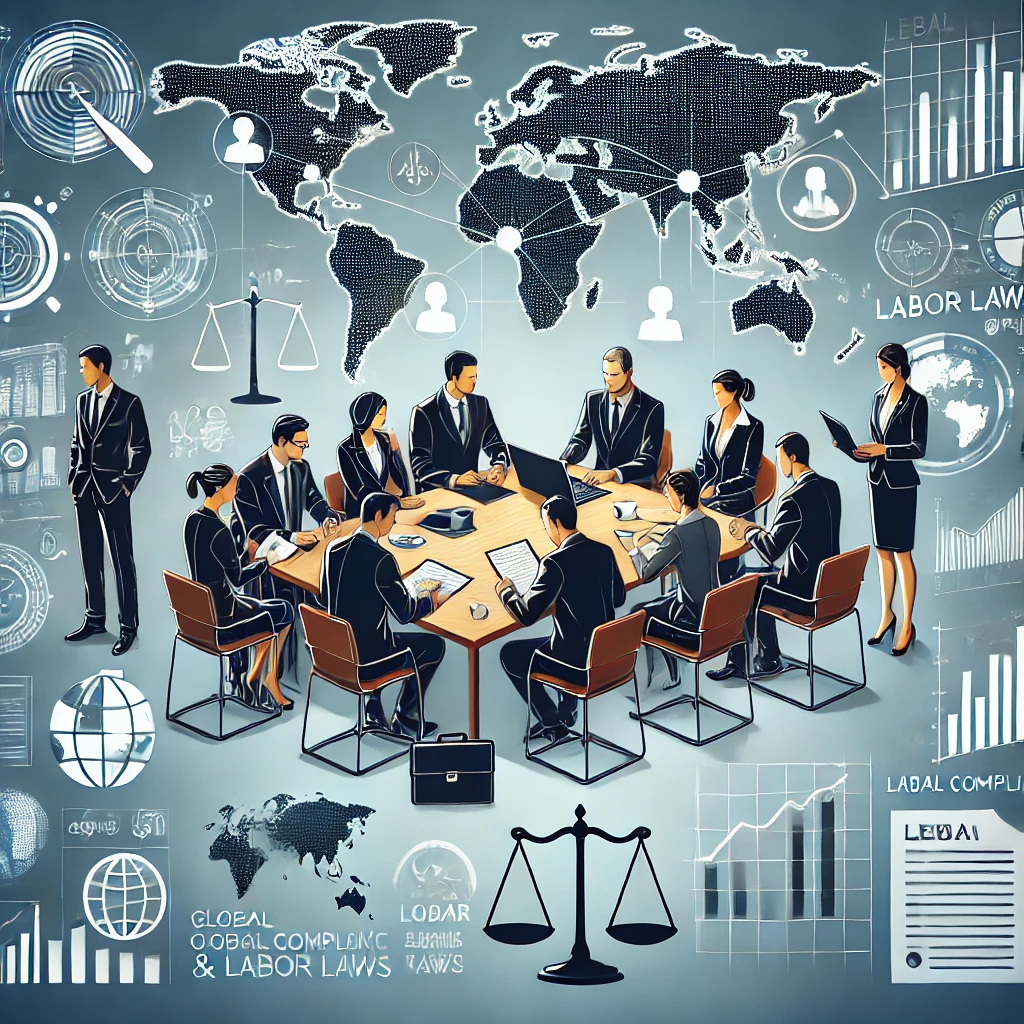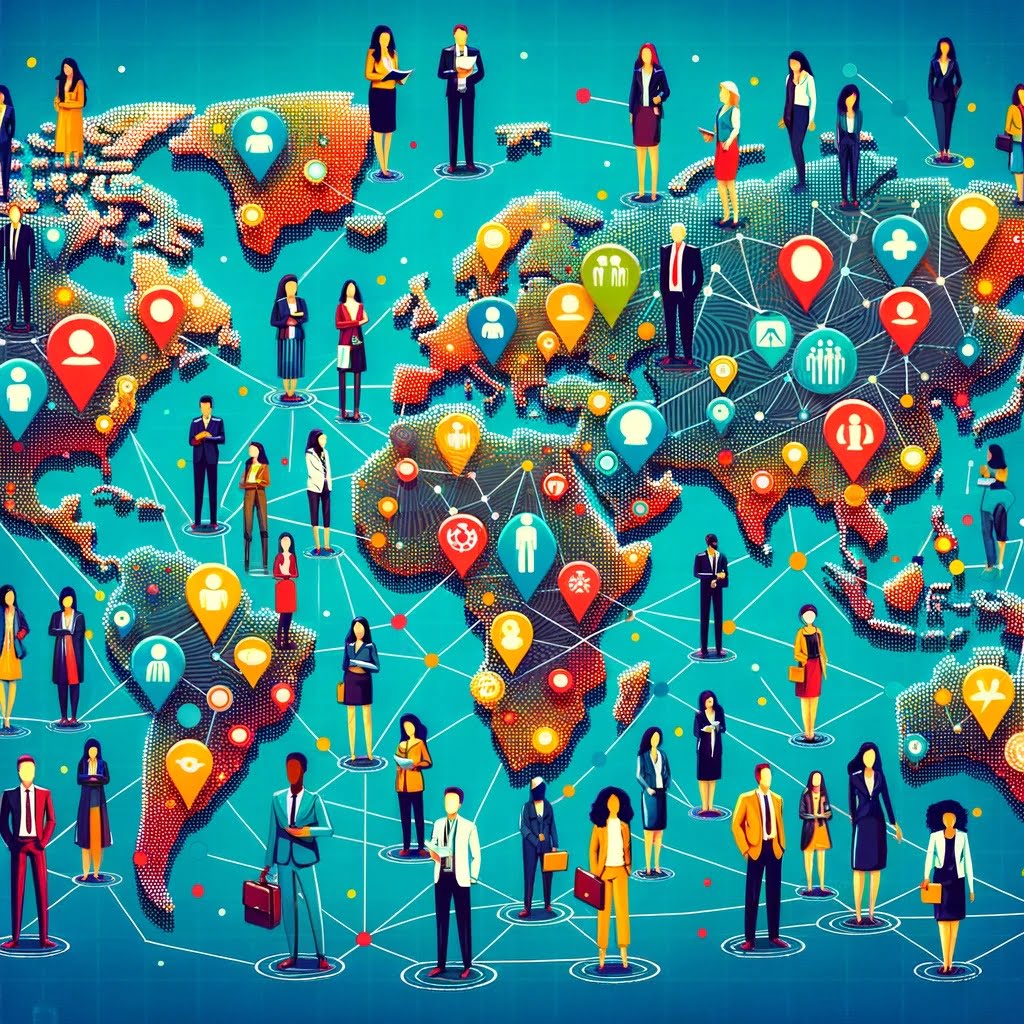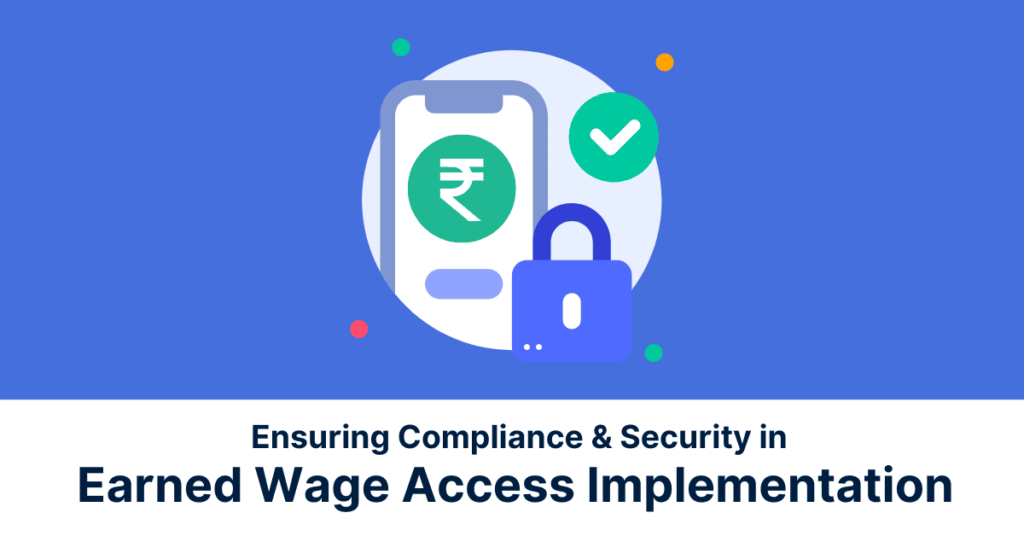Global Compliance and Labor Laws: What HR Needs to Know

As businesses continue to expand across borders, HR professionals are tasked with navigating an increasingly complex web of global labor laws and compliance regulations. Managing a global workforce means understanding the unique legal frameworks, cultural norms, and employment practices of each region. For HR leaders, staying informed and ensuring compliance is crucial not only to avoid legal penalties but also to build a responsible and ethical workplace. This blog explores key areas HR needs to focus on, the challenges of global compliance, and strategies to stay ahead in an evolving regulatory landscape.
Understanding the Complexity of Global Labor Laws
Diverse Legal Frameworks: Each country has its own set of labor laws and regulations, governing everything from working hours and wages to employee rights and benefits. For instance, European countries often have stricter regulations regarding employee privacy and data protection (GDPR), while labor laws in the U.S. tend to focus more on at-will employment and fewer mandated benefits. HR professionals must have a strong understanding of these differences to ensure legal compliance in each jurisdiction.
Types of Labor Laws:
- Wage and Hour Laws: Regulations surrounding minimum wages, overtime, and working hours can vary greatly. For example, France has a 35-hour workweek, while countries like Japan and South Korea have overtime restrictions to prevent overwork.
- Employment Contracts: Many countries require formal written employment contracts outlining the terms and conditions of employment. In contrast, the U.S. often allows more flexible, at-will employment relationships.
- Employee Rights and Protections: Anti-discrimination laws, paid leave, and parental benefits differ widely. For example, Scandinavian countries offer generous parental leave policies, while the U.S. provides no federal mandate for paid parental leave.
Navigating Global Compliance Challenges
Regulatory Changes and Updates: One of the biggest challenges in global HR compliance is keeping up with frequent changes in labor laws. Regulations may shift due to political changes, new economic policies, or regional labor movements. For example, the European Union regularly updates its directives on workers’ rights, which can affect businesses across the continent. HR teams must stay informed of these changes and be prepared to adjust their policies accordingly.
Cultural Differences: Compliance goes beyond legalities; it also involves understanding and respecting cultural norms in different regions. For instance, some countries may expect longer working hours as part of their work culture, while others may prioritize work-life balance. HR leaders must be culturally aware when implementing global policies to ensure they are not only compliant but also sensitive to local customs and expectations.
Data Privacy and Employee Rights: With the rise of digital work environments and remote teams, protecting employee data has become a top priority. The General Data Protection Regulation (GDPR) in Europe is one of the strictest data privacy laws globally, imposing heavy fines for non-compliance. HR teams must ensure that employee data is handled securely and in accordance with regional data protection laws.
Key Areas of Focus for Global HR Compliance
1. Recruitment and Hiring:
- HR professionals need to be aware of anti-discrimination laws during the hiring process. In countries like the U.K., the Equality Act prohibits discrimination based on age, gender, race, religion, or disability. In the U.S., similar protections are provided by the Civil Rights Act and Americans with Disabilities Act.
- Additionally, visa and immigration laws vary across countries, and HR must ensure that employees have the appropriate legal authorization to work in each jurisdiction.
2. Payroll and Compensation:
- Ensuring accurate and compliant payroll processing is crucial for global businesses. This includes adhering to minimum wage laws, correctly calculating overtime, and providing region-specific benefits. In countries like Germany, there are strict rules regarding holiday pay, while other countries have different tax structures and social security requirements.
- Multinational companies may also face challenges in managing currency fluctuations and local taxation requirements.
3. Employee Benefits:
- Benefits such as healthcare, retirement plans, and paid leave can vary widely between countries. For example, Canada has a publicly funded healthcare system, while employers in the U.S. typically provide private health insurance. HR must ensure that benefit packages are competitive and comply with local laws.
- Additionally, mandatory benefits such as severance pay, sick leave, and maternity/paternity leave should be carefully considered when crafting global HR policies.
4. Workplace Safety and Health:
- Many countries have strict Occupational Safety and Health (OSH) regulations that employers must follow to ensure the safety of their workers. For instance, the European Union enforces stringent health and safety guidelines, while countries like Australia require employers to manage workplace hazards proactively. HR must ensure that global offices and facilities comply with local safety standards.
5. Termination and Severance:
- Different countries have different rules regarding termination procedures. In some countries, termination can be quite complex, requiring formal warnings, notices, or severance packages. For example, in Brazil and Germany, labor laws strongly protect employees from being easily terminated, often requiring justified cause or formal notice periods.
Best Practices for Staying Compliant Globally
Establish Local Expertise: To manage compliance effectively, it’s essential to have access to local expertise. This could involve hiring local HR professionals, partnering with regional compliance consultants, or working with legal experts who specialize in international labor laws.
Use Global HR Management Systems: Implementing a robust global HR management system (HRMS) or enterprise resource planning (ERP) software can streamline compliance processes. These systems help centralize employee data, payroll, benefits, and other critical HR functions, making it easier to manage a global workforce.
Regular Training and Audits: Continuous training for HR teams on the latest labor laws and regulations is crucial. Additionally, conducting regular compliance audits can help identify any gaps in policies or procedures, ensuring that the company remains compliant with evolving global standards.
Adapt Policies for Local Relevance: While having global HR policies is important, they must be adaptable to local laws and cultures. HR teams should work with local offices to ensure that policies align with local regulations while maintaining the company’s global standards and values.
Conclusion
Global compliance is a critical aspect of HR leadership in multinational organizations. As businesses continue to expand into new markets, HR professionals must stay informed about evolving labor laws and cultural norms in each region. By focusing on recruitment, payroll, benefits, safety, and termination laws, and by leveraging technology and local expertise, HR leaders can ensure legal compliance while fostering a positive and inclusive work environment across the globe.






Responses